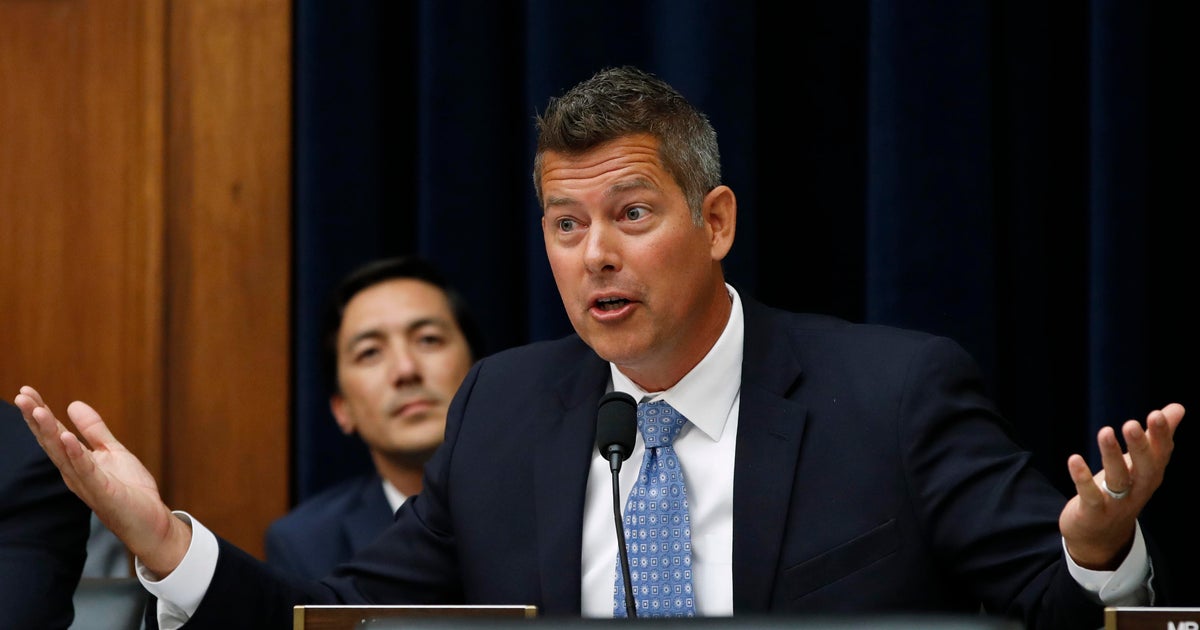NASA boss pleads for steady moon mission funding
NASA Administrator Jim Bridenstine told a Senate panel Wednesday that a budget impasse and subsequent spending freeze later this year would be "devastating" to the agency's goal of sending the first woman and next man to the moon by the end of 2024.
Speaking before the Senate Committee on Commerce, Science and Transportation, Bridenstine said if Congress fails to reach consensus on a budget for fiscal 2020 and instead implements a continuing resolution, freezing funding at 2019 levels, development of a new lunar lander would be stopped in its tracks.
Sen. Roger Wicker, R-Miss., said Bridenstine earlier indicated the the Artemis program "could cost $20 (billion) to $30 billion over the next five years. By my math, that calls on the Congress to appropriate $4 (billion) to $6 billion in extra funding each year."
"There's talk about not getting a budget number for defense and non-defense discretionary (spending), getting to Oct. 1 and moving to a CR [continuing resolution], maybe a short-term two-week CR, month long or even a year long," Wicker said, referring to the possibility of temporary, shorter-term budget allocations. "That would be counter-productive to getting you where you need to go, is that correct?"
"Yes sir," Bridenstine replied, "it would be devastating. What we lack right now is a lander. The United States of America has not had a moon lander since 1972, the last time we landed on the surface of the moon. That's something we need to develop.
"If we end up in a CR, that lander doesn't continue to get developed. We don't have money in the budget right now to develop a lander. ... If we end up, sir, in a CR for a period of a year or even more, it would be devastating for trying to achieve the goal of landing the next man and the first woman on the south pole (of the moon)."
Earlier this year, the Trump administration ordered NASA to accelerate its plans to return astronauts to the moon, moving landing up from 2028 to 2024. The administration has requested $1.6 billion in supplemental funding for NASA's fiscal 2020 budget to help with development of the new Space Launch System booster and other required systems.
Bridenstine said NASA is working to refine program costs and plans to include Artemis budget projections for 2021, 2022, 2023 and 2024 in the agency's fiscal 2021 budget request, which will be released next February.
Last week, Bridenstine removed Bill Gerstenmaier from his role as chief of space operations at NASA Headquarters, along with another key manager overseeing development of the SLS rocket and Orion capsule, in a major management shakeup.
"At NASA, safety is our highest priority," Bridenstine wrote in a letter to agency employees. "Cost and schedule also matter. It is important that we all stay focused on the work ahead to successfully land on the moon in 2024."
To get there, NASA plans to launch the first SLS rocket and an uncrewed Orion capsule on a flight around the moon in 2021. The mission is known as Artemis 1.
"When we go around the moon uncrewed, we will be able to navigate around the moon, to be able to change orbits, to test all of the systems we need to test with the Orion crew capsule and the European service module," Bridenstine said Wednesday.
In the 2022-23 timeframe, NASA plans to launch Artemis 2, the first flight of an SLS and Orion spacecraft with a crew on board. The astronauts will initially test Orion's systems in Earth orbit before heading out on a trajectory that will carry them on a "free return" loop around the moon and back to an ocean splashdown.
Along the way, NASA plans to remotely build a small space station — Gateway — in orbit around the moon, along with a commercially provided, yet-to-be-designed landing craft.
With the lunar infrastructure in place, the Artemis 3 mission will be clear to take off in 2024. After docking at the Gateway station, crew members would board the landing ship and descend to the surface. The lander's ascent stage would carry them back to Gateway and Orion for the return to Earth.
Planners currently envision one crewed flight to the moon per year with week-long stays on the surface, Bridenstine said in prepared remarks.
"Expanded Gateway and surface capabilities later in the decade could support surface exploration that lasts for weeks or months and test the technologies and systems needed for missions farther into the solar system, including Mars," he said.
"This will be critical to supporting the agency's plans for sustainable lunar exploration."





